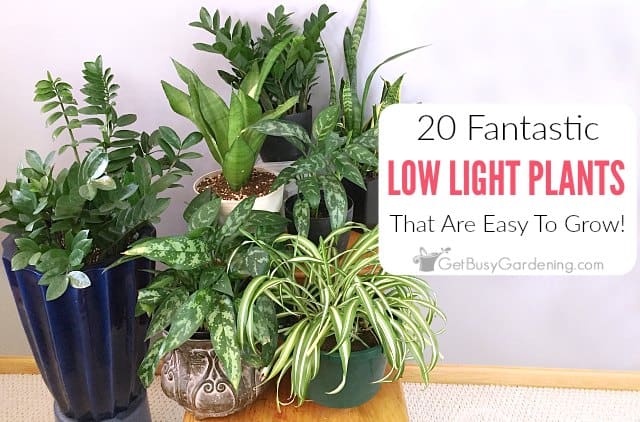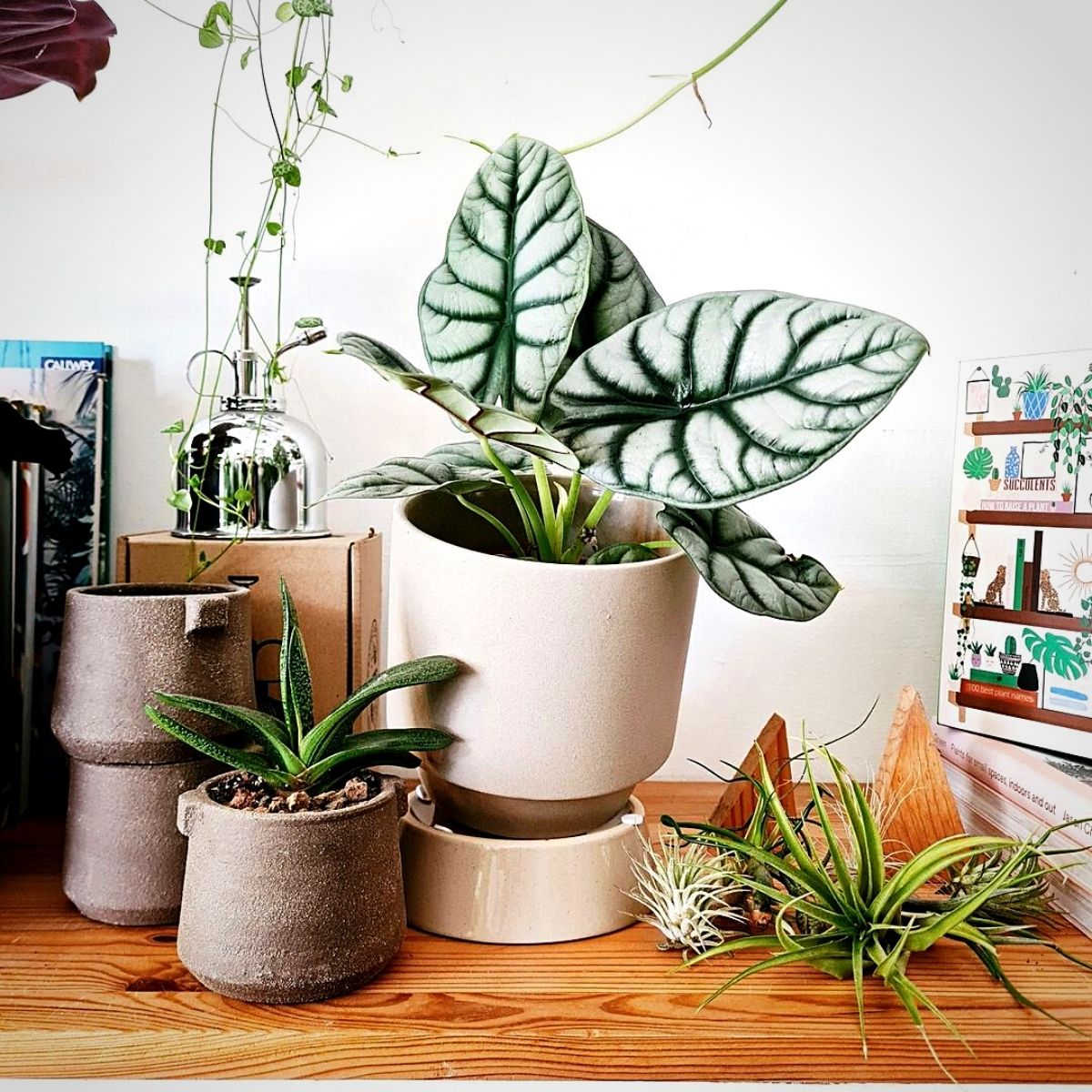Discover the Secrets of Low-Light Indoor Plants and How They Improve Your Setting
Low-light interior plants have gathered boosting focus for their distinct ability to enhance both aesthetic charm and environmental high quality within homes and offices. These resilient species, including the Serpent Plant and Peace Lily, not just prosper in tough illumination conditions yet additionally play a crucial function in air purification and psychological health.
Advantages of Low-Light Indoor Plants
Although lots of people assume that indoor plants call for bountiful sunlight to thrive, low-light indoor plants use a multitude of benefits that make them perfect for different atmospheres. One of the key benefits is their flexibility; they can flourish in rooms with minimal natural light, such as workplaces, cellars, or areas with small home windows. This function allows people to boost their surroundings with plant, adding to boosted appearances without the requirement for considerable lighting alterations.
In addition, low-light interior plants can substantially boost indoor air top quality by filtering system unsafe toxins and launching oxygen, making living areas healthier. The existence of plants has actually been connected to greater feelings of serenity and focus.
Additionally, low-light plants usually call for much less upkeep than their sun-loving equivalents, making them perfect for hectic people or those new to gardening. Their resilience enables them to prosper with minimal treatment, hence supplying a satisfying experience for plant lovers and beginners alike. In summary, low-light interior plants offer both practical and aesthetic functions, making them important enhancements to any space.
Leading Low-Light Plant Varieties
Low-light interior plants been available in a range of varieties, each offering one-of-a-kind characteristics and benefits matched for dim environments. Among one of the most preferred varieties is the Serpent Plant (Sansevieria), understood for its architectural fallen leaves and air-purifying capabilities. This resistant plant grows on forget and can tolerate a large range of light problems.
One more excellent option is the ZZ Plant (Zamioculcas zamiifolia), which features glossy, dark environment-friendly leaves and is extremely drought-tolerant. Its flexibility makes it a preferred for workplaces and homes with limited sunlight.
The Pothos (Epipremnum aureum) is also a top challenger, with its trailing vines and heart-shaped leaves - Best low-light indoor plants. This versatile plant can be trained to climb up or cascade, adding visual passion to any area

Treatment Tips for Low-Light Plants
Caring for low-light indoor plants needs a nuanced understanding of their particular demands to make sure optimum growth and vigor. It is essential to pick the ideal potting mix, as a well-draining soil is important to stop root rot. A mix developed for houseplants, frequently containing peat moss and perlite, functions well for a lot of low-light varieties.
Watering is another crucial aspect of treatment. Low-light plants typically require much less frequent watering compared to their sun-loving equivalents. It is suggested to examine the top inch of dirt; if it feels dry, it's time to water. Overwatering can bring about problems such as mold and mildew and root degeneration.
Fertilization must be come click close to with caution. Throughout the growing period, a watered down fluid fertilizer can be applied monthly, however in cold weather, numerous low-light plants go into inactivity and call for little to no fertilization.
Last but not least, it is very important to occasionally clean the leaves to remove dust, allowing for far better light absorption. By adhering to these care tips, you can grow a successful atmosphere for your low-light interior plants, improving both their appearance and durability.
Enhancing Air High Quality With Plants
Interior plants play a considerable duty in enhancing air quality within homes and office. Via the procedure of photosynthesis, these plants take in carbon dioxide and release oxygen, contributing to a much healthier ambience. Furthermore, particular low-light indoor plants have the capacity to filter hazardous toxins, such as formaldehyde, trichloroethylene, and benzene, which are frequently found in indoor atmospheres.

Additionally, the visibility of indoor plants can raise moisture degrees, which helps ease dry skin and respiratory concerns, additionally enhancing total wellness. This capacity to enhance air quality not just promotes physical health and wellness yet additionally supports mental health.
Including low-light indoor plants right into your living and working areas can bring about a more stimulating and dynamic setting (Best low-light indoor plants). Spending in these natural air purifiers is a simple yet efficient approach for boosting indoor air top quality and cultivating about his a healthier lifestyle
Creating a Tranquil Indoor Room
The assimilation of plants into living spaces not only improves air high quality yet additionally adds to a relaxing atmosphere. Low-light interior plants, such as serpent plants and pothos, are particularly reliable in producing a peaceful environment, as they thrive in conditions that might or else be unwelcoming for various other plant. Their rich vegetation offers a soothing aesthetic, lowering stress and anxiety and advertising leisure.
Including these plants right into your office or home can evoke a sense of peace and well-being. Strategically placing them in areas where you invest considerable time, such as living spaces or work areas, permits an immersive experience with nature, which has been shown to boost mood and cognitive function.
Moreover, the mild motion of leaves in feedback to air movement can produce a dynamic aesthetic aspect that enhances the total atmosphere. Consider making use of a variety of plant heights and appearances to add deepness and rate of interest to your room. With thoughtful positioning and care, low-light interior plants can transform any location into a peaceful sanctuary, cultivating not only aesthetic complete satisfaction yet likewise emotional and psychological health.

Conclusion
Incorporating low-light interior plants into different environments yields considerable advantages, including enhanced air top quality and improved visual charm. These durable species not just grow in minimal light however additionally add to a soothing ambience, advertising psychological and psychological health. By selecting suitable selections and executing correct care methods, people can successfully cultivate a serene interior room that cultivates well-being and productivity. The transformative power of low-light plants underscores their value in boosting both residential and work-related settings.
Although numerous people assume that interior plants call for plentiful sunlight to thrive, low-light interior plants offer a plethora of advantages that make them excellent for various environments.Additionally, low-light interior plants can significantly boost interior air top quality by filtering harmful toxic substances and releasing oxygen, making living rooms healthier. Furthermore, certain low-light interior plants have the ability to filter hazardous you could look here contaminants, such as benzene, trichloroethylene, and formaldehyde, which are typically located in interior settings.
Low-light indoor plants, such as snake plants and pothos, are specifically efficient in developing a calm atmosphere, as they thrive in conditions that may otherwise be unwelcoming for other greenery.Including low-light interior plants right into various settings yields considerable advantages, including enhanced air quality and boosted visual charm.